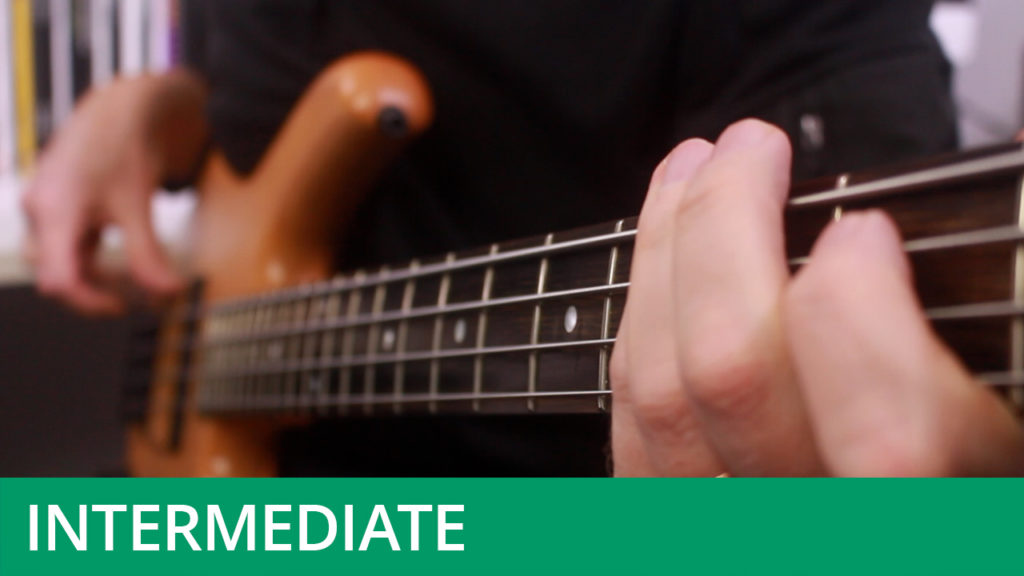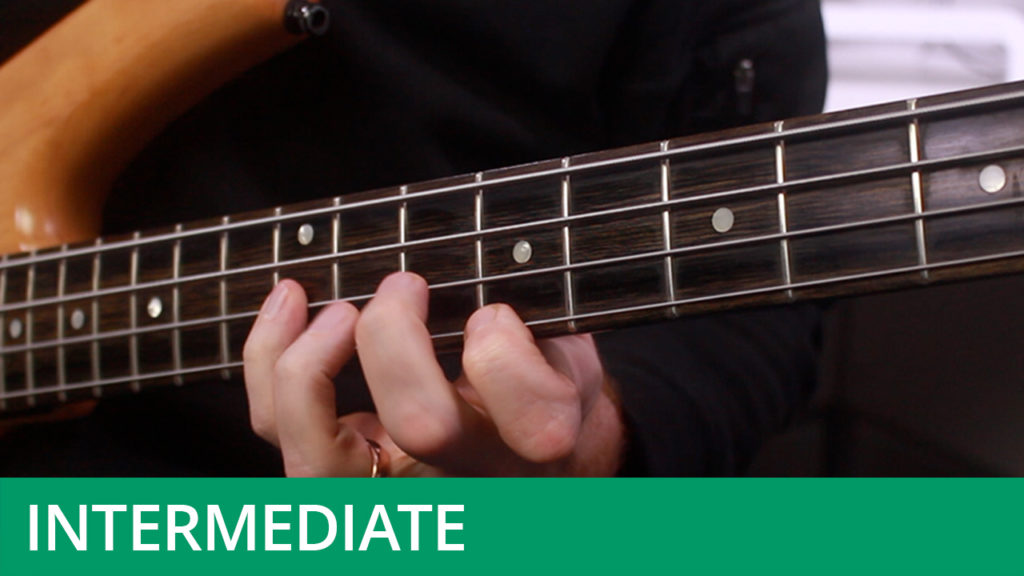The Locrian Mode – Study Piece #1
Course Duration: 28 Minutes | Difficulty Level: 5
When learning to play a mode all over the fingerboard, it’s also important to put it to use in some actual lines, so that you can hear it in action. This piece – which is based on the B Locrian mode – will enable you to become comfortable with using the mode, whilst giving your fingers a good workout at the same time.
The lessons in this course will first recap the theory behind the Locrian mode and its unique sound. They will then demonstrate how to play this study piece, section by section.
Don’t forget to hit the Download Resources button above in order to download the PDF worksheet and audio files for this course (available to subscribers only).



